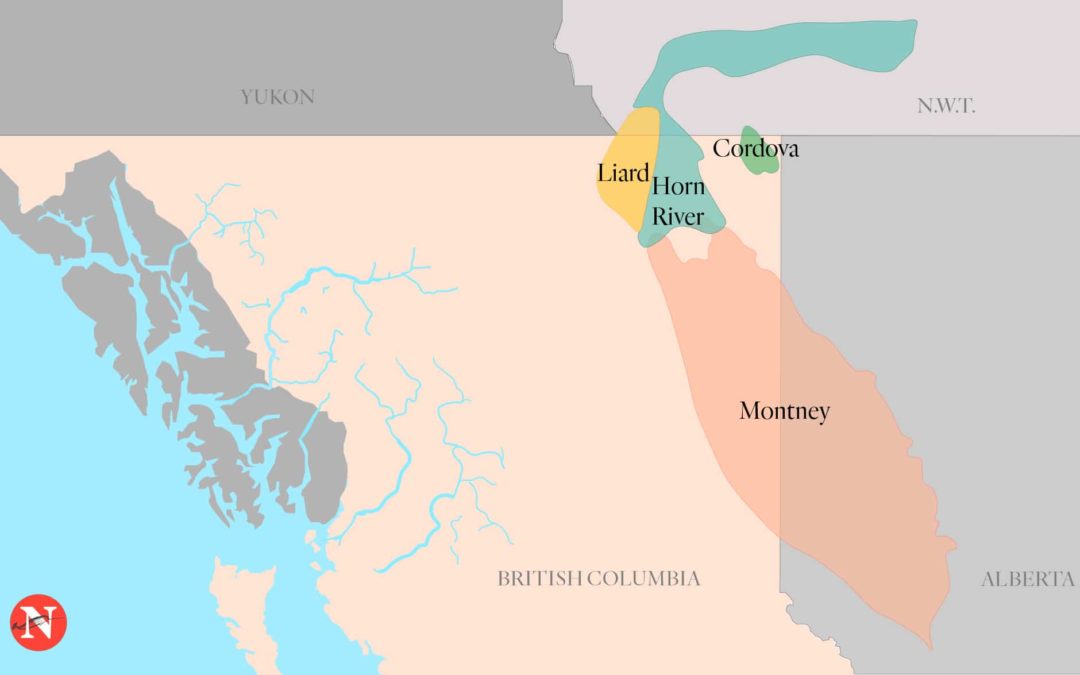SOURCE: The Narwhal
DATE: March 4, 2020
SNIP: Northeastern British Columbia has been a major centre of conventional oil and gas production since the 1960s. More recently, the shale gas sector has also targeted the region.
Northeastern B.C.’s shale gas reserves are estimated to hold 10,000 billion cubic metres of methane, enough to supply worldwide consumption for almost three years.
One of the issues the oil and gas industry faces is the leakage of gases from wellbores — the holes drilled into the ground to look for or recover oil and natural gas. Methane leakage from wellbores has become an important issue because this greenhouse gas is far more potent than carbon dioxide.
My colleagues and I recently examined a database containing information about 21,525 active and abandoned wells located in the four main shale gas formations of northeastern British Columbia: the Montney, Horn River, Liard and Cordova basins. This represents almost all of the conventional and shale gas wells existing in the region.
Our study was the first to examine the data contained in the British Columbia Oil and Gas Commission Wellbore (OCG) Leakage Database.
We found that almost 11 per cent of all oil and gas wells had a reported leak, together releasing 14,000 cubic metres of methane per day. This is more than double the leakage rate of 4.6 per cent in Alberta, which may have less stringent testing and reporting requirements.
Our research in northeastern B.C. also found weak regulations on mandatory reporting, continued monitoring and the use of protective measures — oversights that represent risks for the environment.
The possibility of leakage from these wells has raised environmental concerns, especially since leaky wells are likely under-reported.
In addition to the release of greenhouse gases, which contribute to global warming and climate change, these leaking wells could contaminate groundwater and surface water with hydrocarbons, chemicals contained in fracking fluids and brines.
According to the B.C. OGC database, leakage had occurred in 2,329 of 21,525 tested wells.
Altogether, these leaking wellbores are releasing greenhouse gases equivalent to 75,000 tonnes of carbon dioxide annually. This is roughly equivalent to the emissions from 17,000 passenger vehicles.
Shale gas exploitation can have environmental impacts long after a well has been abandoned. Provinces should implement regulations that require monitoring wells after abandonment, reporting the results and applying corrective measures to stop leaks from abandoned wells.
To this day, very few field investigations have been carried out in B.C. to directly monitor the leakage from abandoned wells. One showed that 35 per cent of investigated abandoned wells exhibit emissions of methane and hydrogen sulphide gas or a combination of both.
The discrepancy between the database reports and the field study — as well as recent observations that human-made methane emissions are underestimated by 25 per cent to 40 per cent — suggests that wellbore leakages in B.C. may go unreported.

